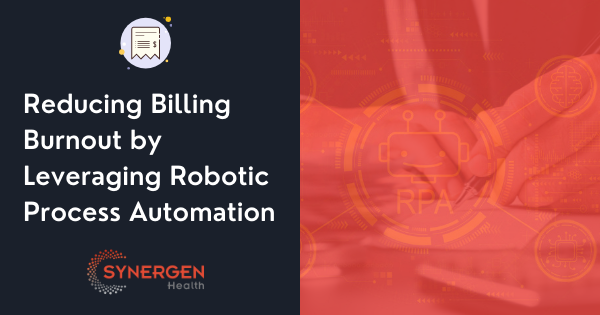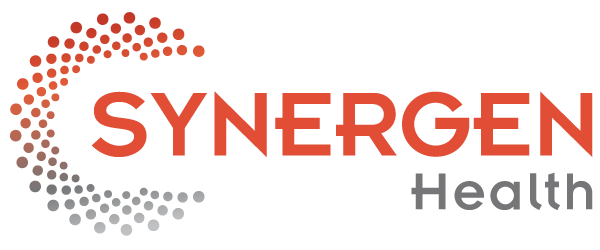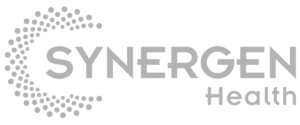
Healthcare staff burnout has been a concern for providers for years. In fact, before COVID-19, there was a combined 30% turnover rate for healthcare staff – according to MGMA. But over the last three years, administrative and operational teams have faced increased pressures as changing protocols have created bottlenecks and exposed inefficiencies.
In addition to creating a more cohesive workplace by providers can improve RCM processes through robotic process automation (RPA) to mitigate front office and operation healthcare burnout.
Here are three ways how:
1.Enhances Patient-Centric RCM Practices
Closely evaluate interactions and processes for opportunities to improve the patient experience to ensure each billing interaction provides value to both the patient and provider pre-and post-visit. This includes helping patients minimize liability by verifying their benefits pre-visit or online screening.
With automated insurance eligibility checking, patients can understand their personal financial liability before receiving care and work with the provider to set up financial plans. This promotes financial transparency and streamlines the reimbursement for the provider.
Post-visit, providers should leverage integrated tools that make it simple for patients to make timely payments. This may include digital statements, multiple payment channels, or payment plans that offer flexibility and convenience to make payments at any time and from any place.
2.Optimize coding
Keeping up with changes in medical reimbursement and coding can cause administrative burnout. Manual tasks such as claim review, claim follow up and denial management are time consuming. Optimizing and streamlining billing practices using machine learning and automation of revenue cycle routine functions can allow the staff to spend their time on more important tasks while reducing overall denials.
3.Track KPI To Identify Inefficiencies
Boost visibility on critical financial metrics to guide decisions and determine objectives where to invest in automation. Leaders will be better informed and equipped when they know how their organization’s performance stacks up against industry benchmarks. The right analytics platform should highlight areas that require further analysis. For example, gaps in the revenue cycle – such as inefficiencies or redundant errors that should be corrected for a steadier stream of cash flow. These painpoints, can be an indication where automation may be an option to streamline effeciencies.
Delivering, billing, and collecting payment in today’s health care space calls for an innovative approach to revenue cycle management. Given the current labor market, now is the time to look for new ways to run your revenue cycle processes. Alternative solutions on the market that help health care organizations optimize their financial health through artificial intelligence, robotic process automation, and other tools integrated into user-friendly platforms are a critical step towards financial longevity.
In choosing the right solution, look for systems that can automate the tasks with the most significant impact, such as verification of benefits, pre-authorizations, appeals, and management of aged receivables.
Contact us to learn more about how SYNERGEN Health can reduce administrative burnout and improve cashflow through enhanced automated RCM workstreams, https://www.synergenhealth.com/contact.

